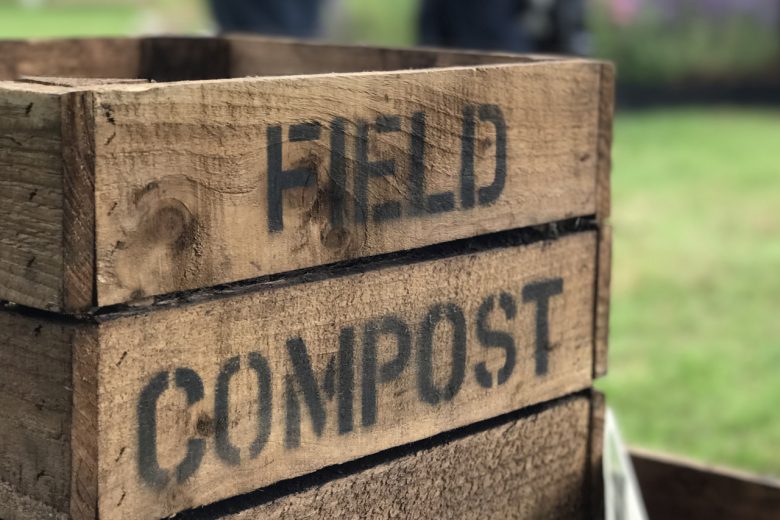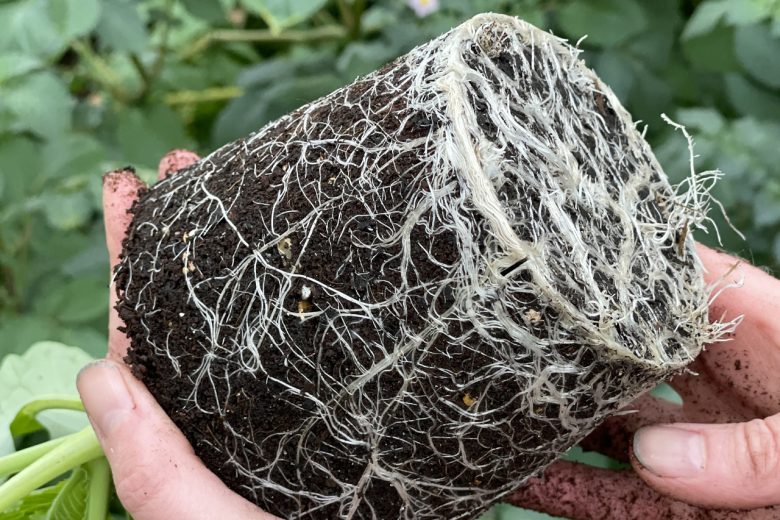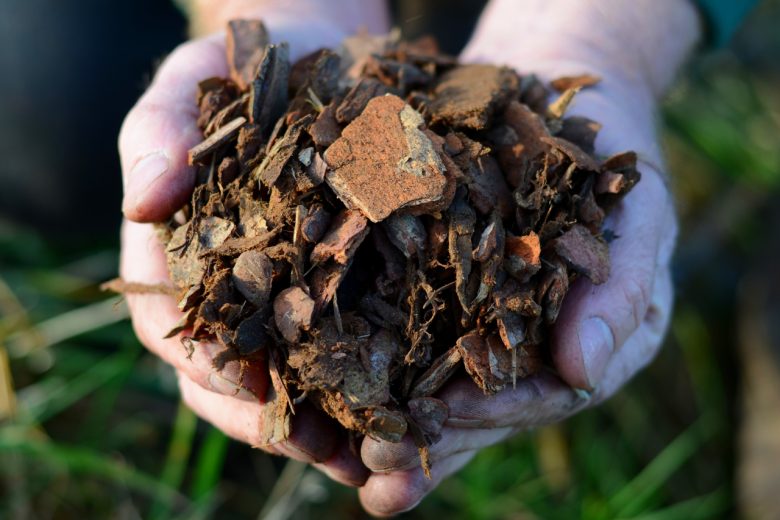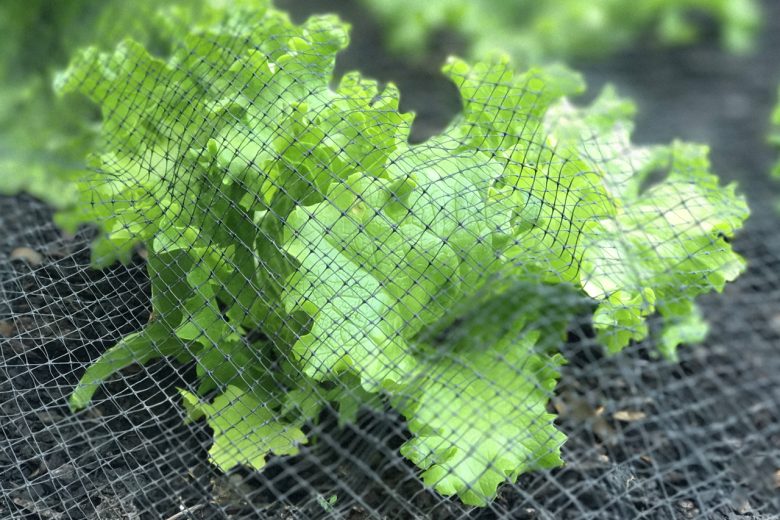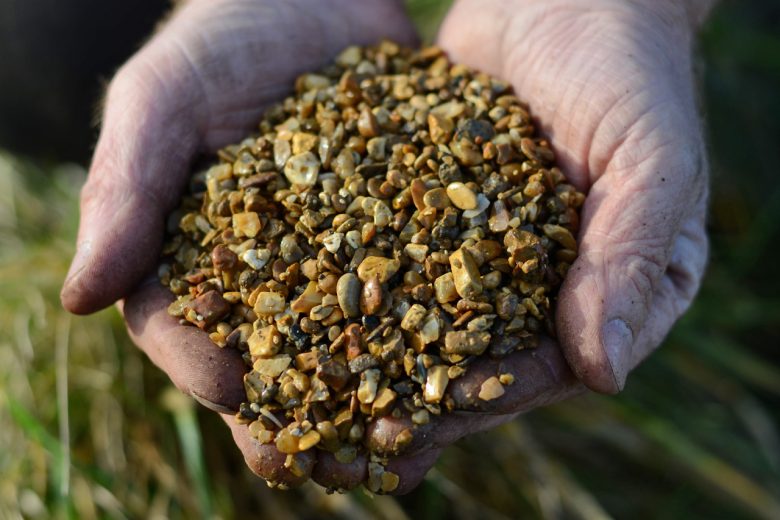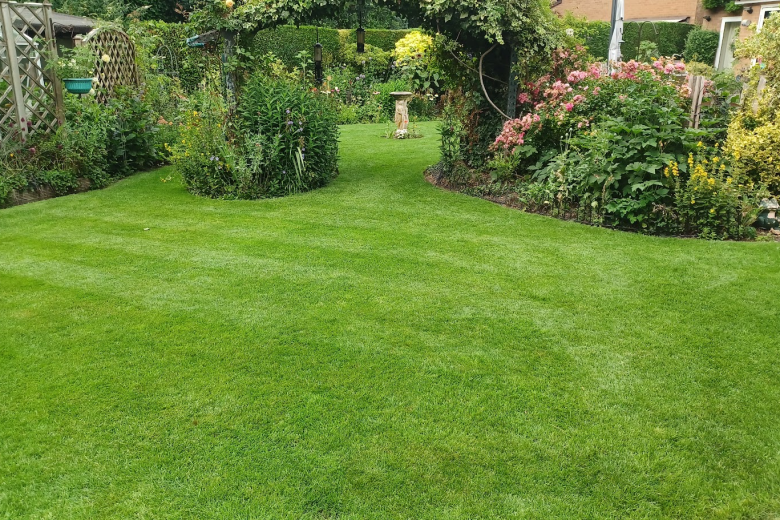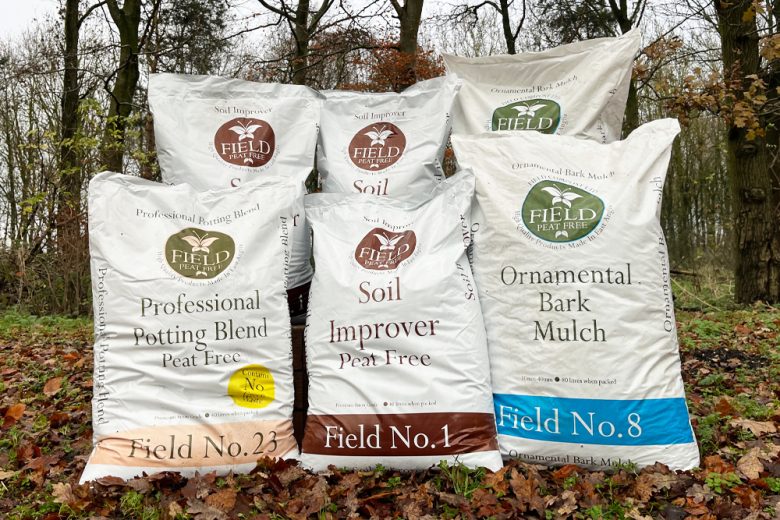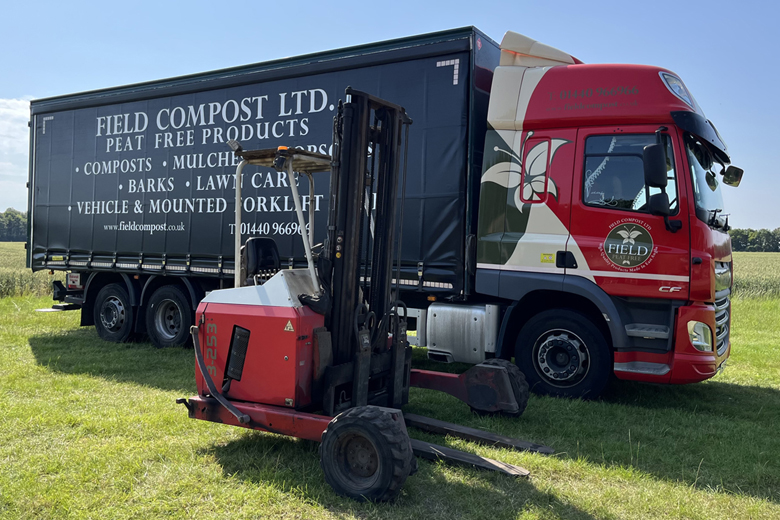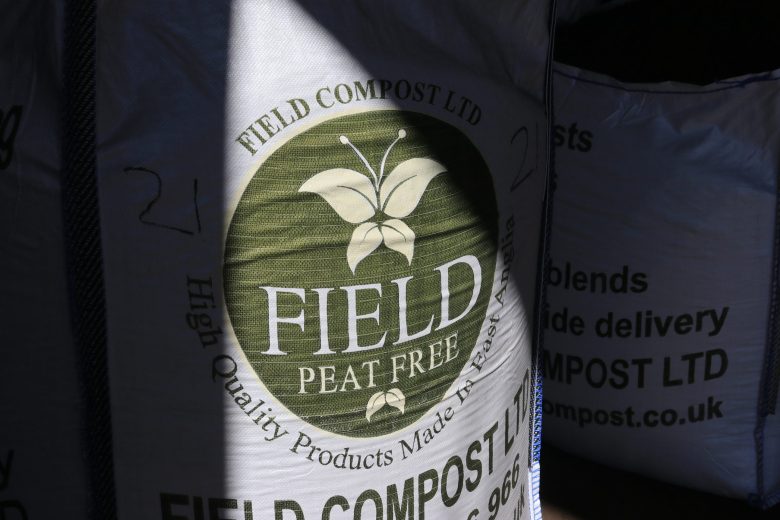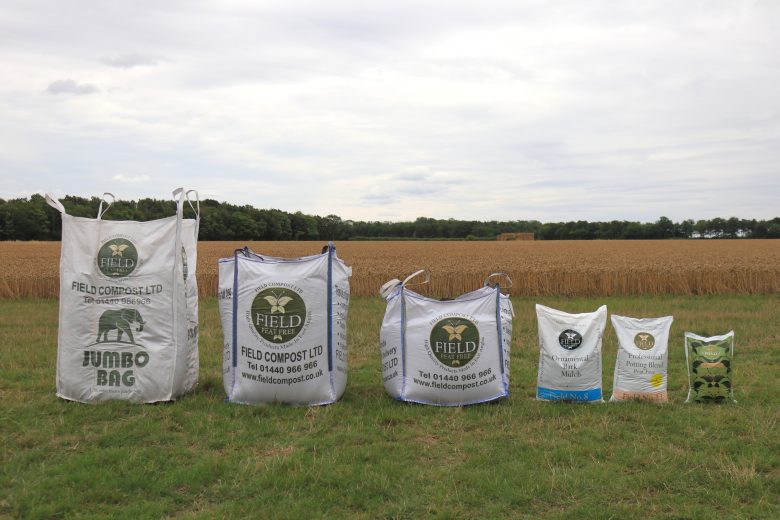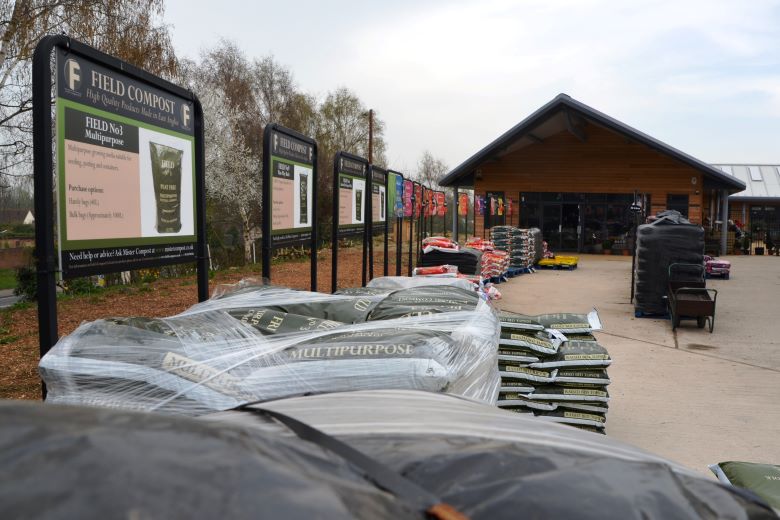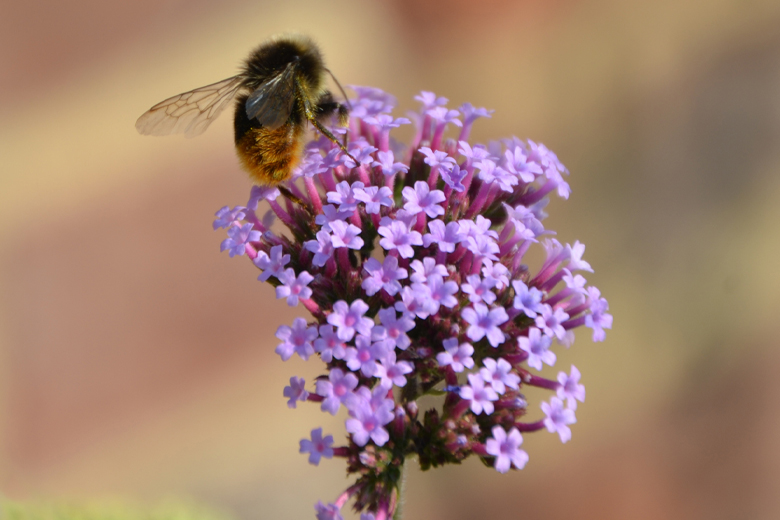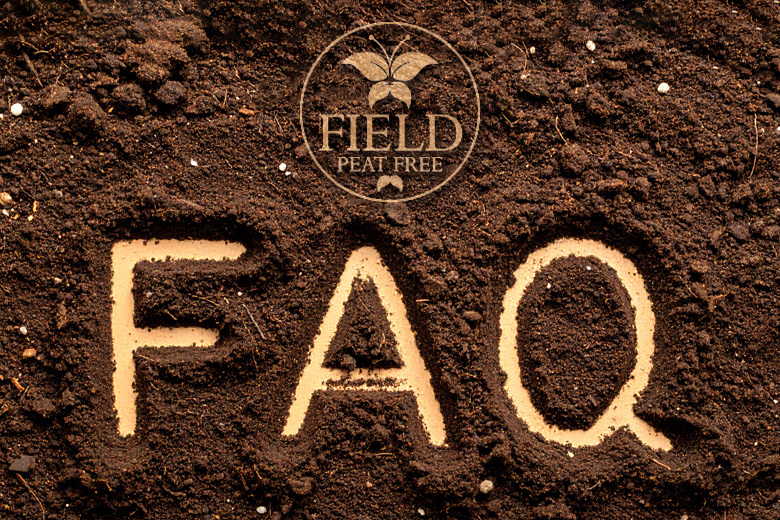Hello September! We hope everyone had a great August or summer hols with the kids!
We ended our August at the BBC Gardeners’ World Autumn Fair at Audley End, Essex; we had a fab three days (although they were tiring haha), but it was so lovely to meet our customers and talk to avid gardeners about our products. We also gave out lots of samples of our No.23 Peat Free Potting Compost for everyone to try, as we always hear many comments about people not liking peat free compost (they hadn’t tried ours yet haha!). We were also proud to supply the fair with 120m3 of our compost for the garden designers and landscapers to use in their show gardens!
So what do we have going on in September…. oh yes, our new website!! As you can see, we have a new and improved website, with many new features and even some new products 😉 Check out our blog post on how to navigate this new site!
We will also be attending the Gransden Show on the 27th!
